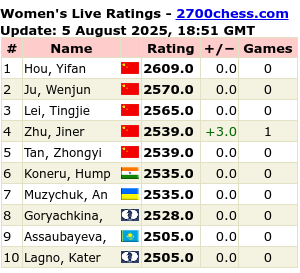
Studente van sekere lande in Europa is regtig meer bevoorreg dan meeste ander studente reg oor die wêreld. Dit is deur danke aan ‘n filosoof van Nederland: Erasmus. In die skildery hierbo kan jy hom sien waar hy die Koningshuis in 1499 besoek en ‘n boek oorhandig aan die kinders van die Konings-gesin. Die Erasmus-program is in 1987 gestig en dis ‘n uitruil skema vir studente vanaf hul tweede jaar op Universiteit. Dit het die lande ingesluit: België, Duitsland, Griekeland, Frankryk, Ierland, Italië, Nederland, Portugal, Spanje en die UK. Na Brexit, het die UK besluit om nie meer deel te neem aan die uitruilskema nie, maar het die UK ‘n nuwe skema in plek geplaas: Die Turing skema – wat na Alan Turing vernoem is. Die ‘Erasmus’ is ‘n akroniem vir: EuRopean Action Scheme for the Mobility of University Students – buiten dat dit na die Nederlandse filosoof vernoem is. Ek wonder skielik of Suid-Afrika nog die uitruilskema het? Universiteite het ook ‘n skema gehad – ek hoop dit is nog aktief en in gebruik?
Die volgende is van die ‘Explore Parliament’ link -sien die link hierby.
Above image: Erasmus of Rotterdam visiting the children of Henry VII at Eltham Palace in 1499 and presenting Prince Henry (the future Henry VIII) with a written tribute. Detail of oil painting in the East Corridor of the Palace of Westminster, London.
In this remarkable painting by Frank Cadogen Cowper, the lady in the background dressed like a nun is surely Lady Margaret Beaufort, the pious mother of Henry VII. The babe in arms is one of the younger siblings who died in infancy. The Prince of Wales is not shown since he had his own household at Ludlow. According to Explore-Parliament:
The painting shows the interior of the medieval palace of Greenwich: a man in black kneels before three small children in gorgeous apparel. Behind him and to the right, a tall man stands in profile, leaning on a stick. The story is a charming one, and it is true. Erasmus of Rotterdam was the most famous scholar of his day. In 1499 he was visiting England. He was in Greenwich one day with his young friend Thomas More, who made him an intriguing invitation.
I prithee, bear me company to a certain great house nigh to here. There thou shalt find friends, who have a great desire to see thee. – Thomas More.
The house turned out to be the royal palace, and the ‘friends’ were the royal children. One of them was the future Henry VIII, who was eight years of age at the time. The infant prince promptly demanded that the great scholar should write them a poem – which he did.

Wikipedia: Sir Thomas More (7 February 1478 – 6 July 1535), venerated in the Catholic Church as Saint Thomas More, was an English lawyer, judge, social philosopher, author, statesman, and noted Renaissance humanist. He also served Henry VIII as Lord High Chancellor of England from October 1529 to May 1532. He wrote Utopia, published in 1516, which describes the political system of an imaginary island state.
More opposed the Protestant Reformation and was against the theology of Martin Luther, Huldrych Zwingli, John Calvin and William Tyndale. More also opposed Henry VIII’s separation from the Catholic Church, refusing to acknowledge Henry as supreme head of the Church of England and the annulment of his marriage to Catherine of Aragon. After refusing to take the Oath of Supremacy, he was convicted of treason and executed. On his execution, he was reported to have said: “I die the King’s good servant, and God’s first”.




